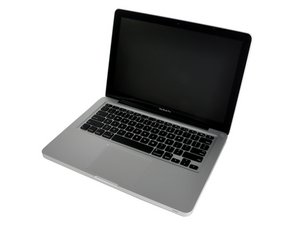SSHD not being read when plugged into data cable
So my MacBook Pro suddenly went black screen the other day and then it stopped recognizing my 6 months old 2TB Seagate SSHD. When I was finally able to get my MacBook Pro to go into recovery mode and then disk utility, it wouldn’t pull up the sshd that was inside it. It just pulled up the cpu. Freaking out, thinking the sshd had failed on me, I bought a new sshd from amazon and pulled out the old “failed” sshd. Now my MacBook Pro is running (albeit slower since this new sshd is slower than the older one) and I made a startling discovery. I found out, when I plugged my old sshd into a stat to USB adapter, that my old sshd still works fine and it still has all my data still on it. Does this mean that there is a different problem with my computer and I can still use my old drive (which was an amazing drive which it was working)? Do I need to reload mac’s os onto the old sshd before throwing it back into my laptop?
Is this a good question?


 1
1 
 1
1